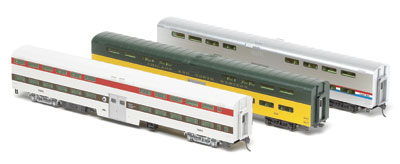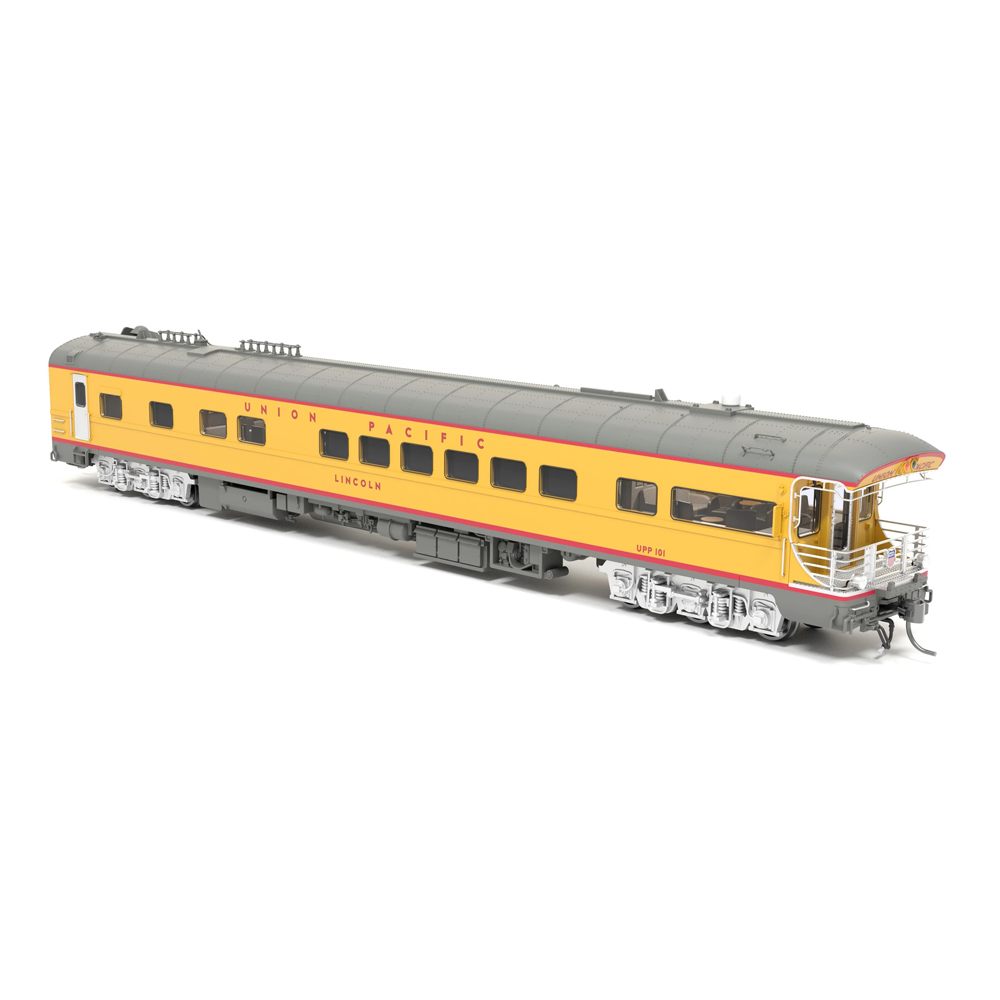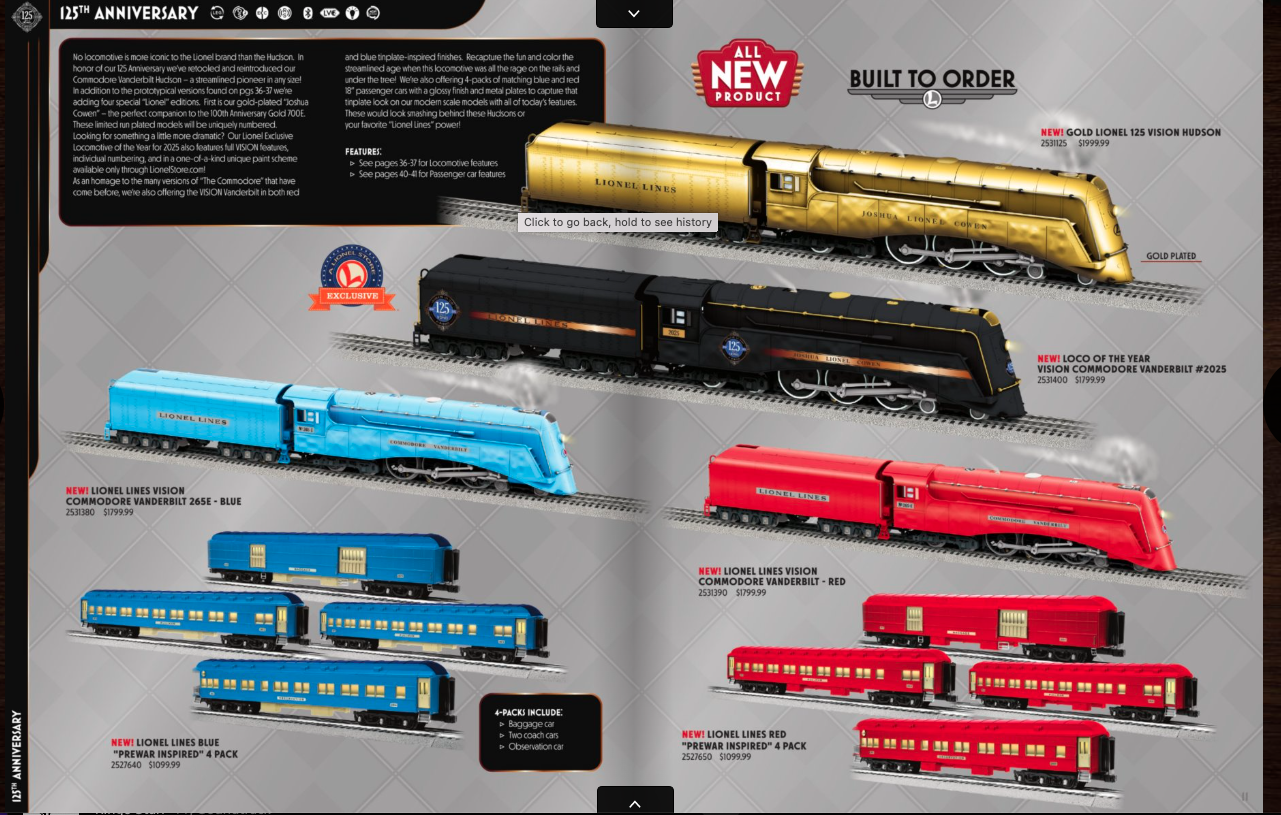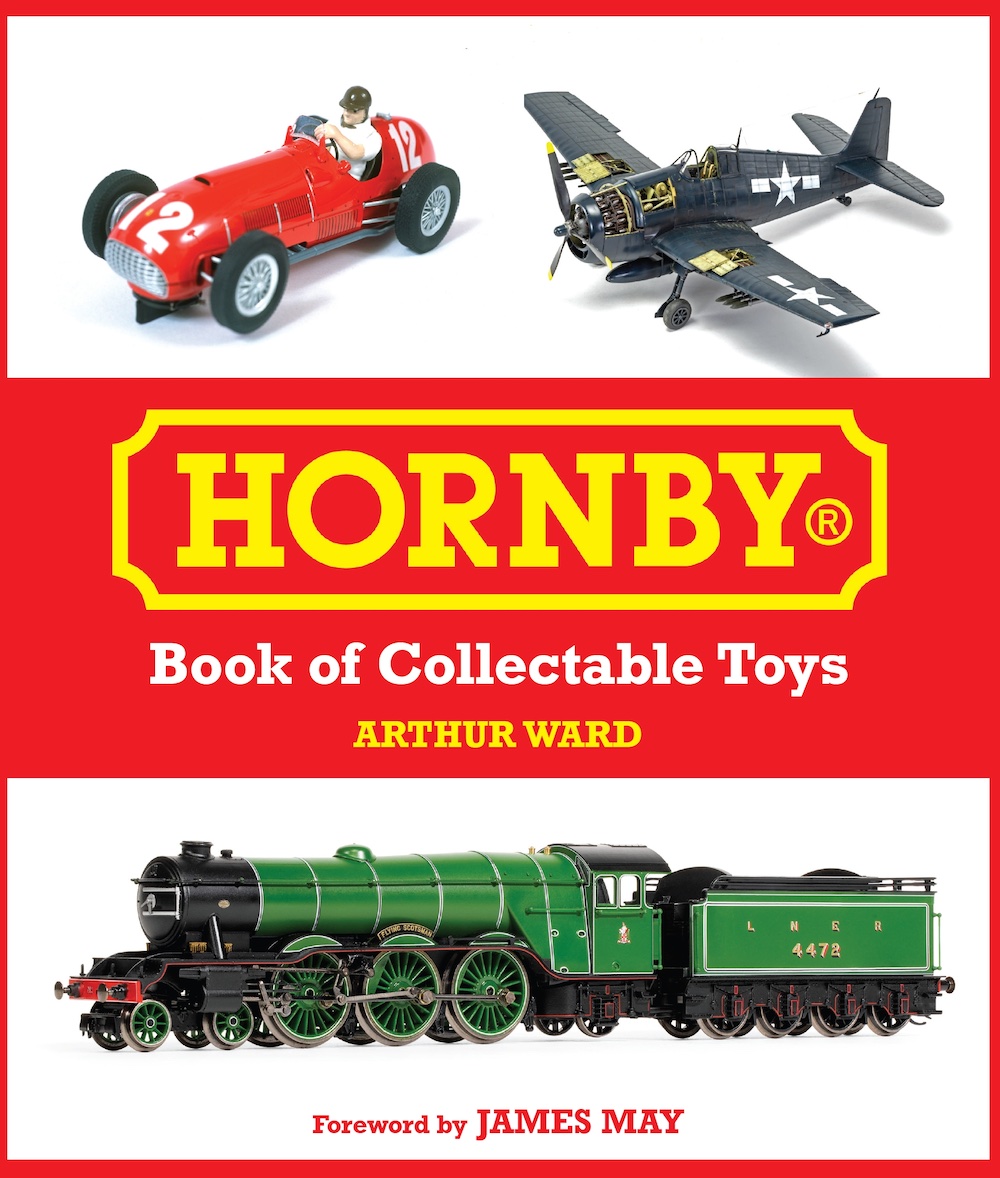Bi-level concept. The bi-level, or gallery, concept for increasing passenger capacity has been used for both long-haul and commuter trains. Kato’s bi-levels are based on three types of Pullman-Standard commuter cars built for the Chicago & North Western RR between 1955 and 1970.
These cars were used in push-pull service to eliminate the need for switching to change direction. The C&NW ran a locomotive on one end, followed by coaches and a cab car on the opposite end.
The prototypes. Kato’s six-window coach, four-window coach, and cab-coach designations correspond to the number of windows used per level on one side of the center vestibule.
The six-window coach is based on the CNW’s initial order of 48 bi-level cars (16 of which were built by St. Louis Car Co.). These cars initially operated in conventional trains, so they had steam heat and rode on 41-NV-11 trucks. Later, the North Western converted the cars to head-end power (HEP) for lighting and electric heat. Kato’s model reflects the modified cars.
The four-window coaches and cab-coaches are modeled after the later cars built by Pullman-Standard. These cars have different vestibule roof vents, more grab irons, and ride on 41-HL-11 trucks. Cab cars have additional end details including ladders and windshield wipers. All three cars closely match the dimensions found in the Official Pullman Standard Library: Vol. 9, Chicago & North Western (Railway Production Classics).
The bi-level models are cleverly designed, with an assortment of interlocking parts and latches that lock everything together. Nothing is cemented, so you can easily disassemble the model to paint the shell or detail the car’s interior.
The models come assembled, but I needed to add the grab irons, ladders (on the cab cars), and a few exterior details, molded in appropriate colors of acetal plastic. All the parts were easy to install without needing to open any of the mounting holes. Most of the small parts have tiny barbs on the pins, so you can feel the details lock into place as you apply them.
The cars have electrical pickups for a Kato no. 7501 drop-in lighting kit (not included). The cab-coaches come with light-emitting diodes (LEDs) for the headlight and rear marker lights. These lights change with the DC track polarity to display the proper lights for the train’s direction of travel in push-pull operation.
Getting the cab-car lights to function properly on Digital Command Control (DCC) will require adding a decoder, otherwise the headlight and marker lights remain lit all the time. These lights can be switched off if the cab car is in the middle of a train.
Kato decorates all three cars in C&NW colors as well as some cars for Amtrak and Chicago Regional Transportation Authority (RTA). The paint and printing on our cars is neat and crisp, and a sheet of dry-transfers is included for use in numbering the cars.
Operation. The bi-levels operated very well – including trips in the “push” mode at a scale 79 mph. The cars include special pivoting couplers and will easily negotiate an 18″-radius curve, but they look much better on curves of 30″ radius or larger.
I rode the bi-levels a lot in the 1980s, so from firsthand experience, I can say that Kato’s bi-levels are a fine set of models.
Price: $50 – $57 each
Manufacturer
Kato USA, Inc.
100 Remington Rd.
Schaumburg, IL 60173
www.katousa.com
Description
Plastic and metal, ready-to-run
passenger cars
Road Names
- Six-window coach: Chicago &
North Western and Chicago
RTA - Four-window coach: C&NW
and Amtrak - Cab-coach: C&NW and
Amtrak
Features
Close-coupling kit
Directional headlight and marker
lights (on cab-coach)
Detailed interior
Dry-transfer car numbers
8-wheel electrical pickup for
addition of interior light kit
Kato magnetic knuckle couplers
at correct height
Light control switch (cab-coach)
Nickel-silver wheelsets with
National Model Railroad
Association RP-25 contours
(in gauge)
Weight: 6¼ ounces (½-ounce
under NMRA recommended
weight














